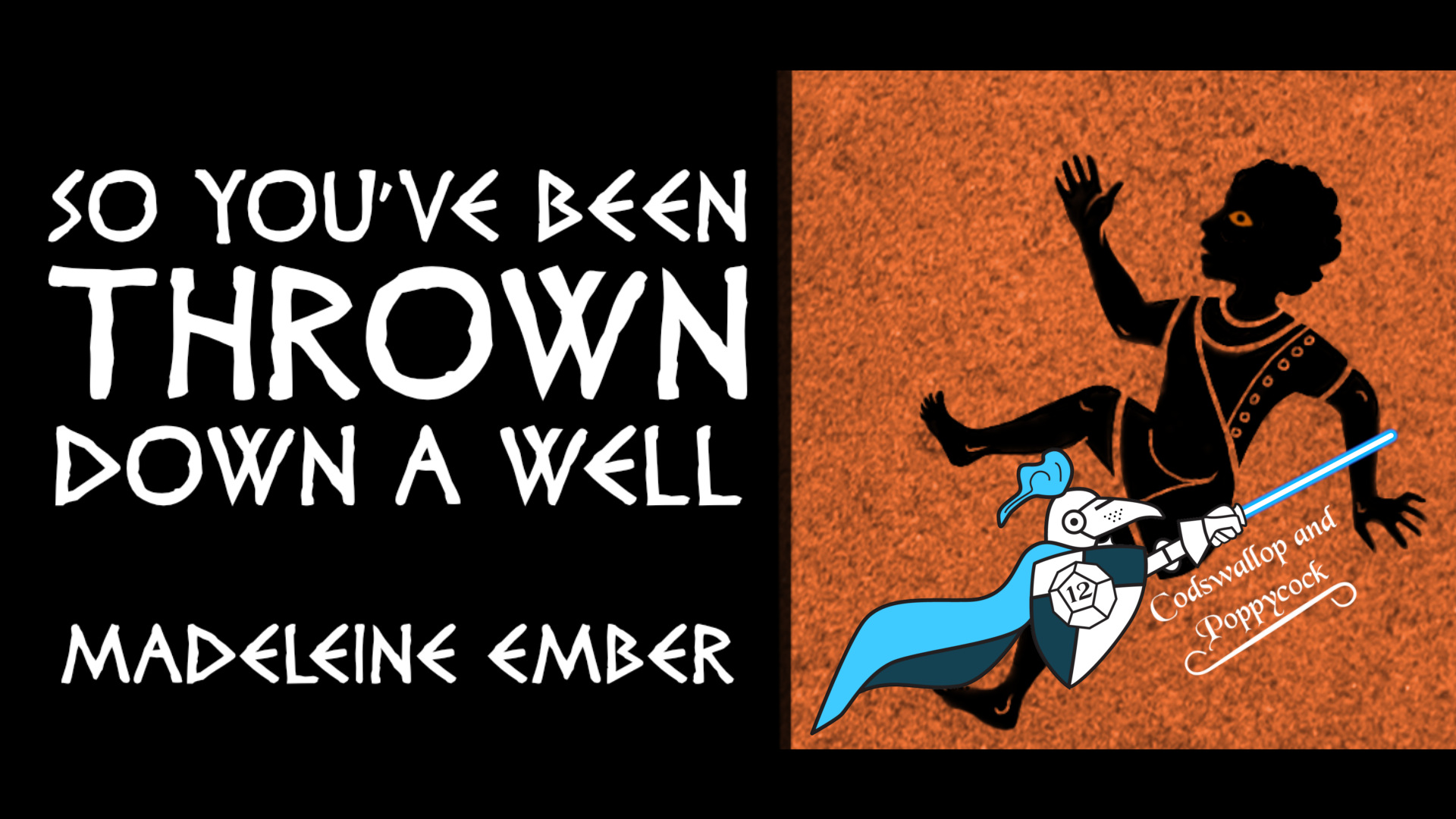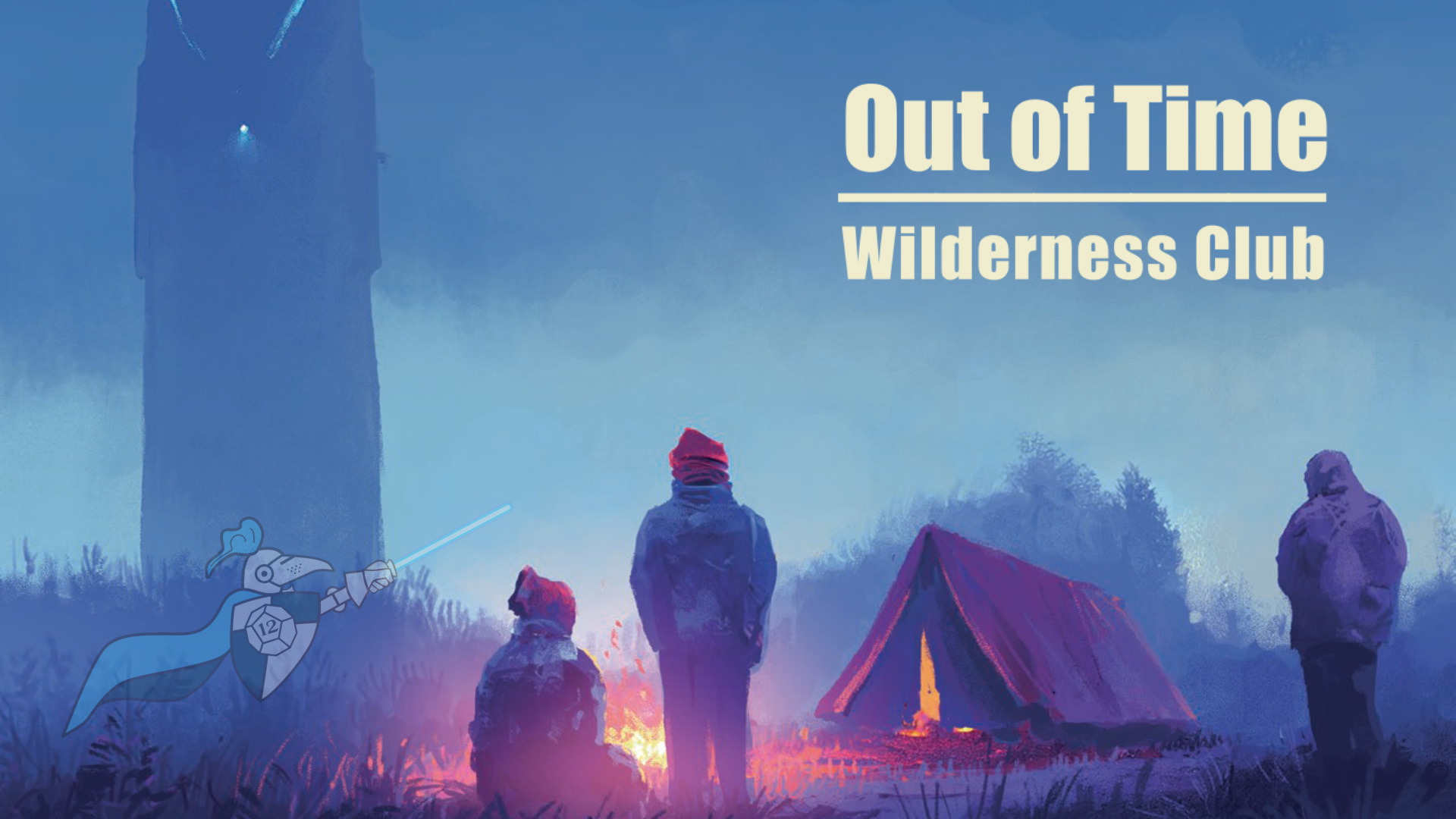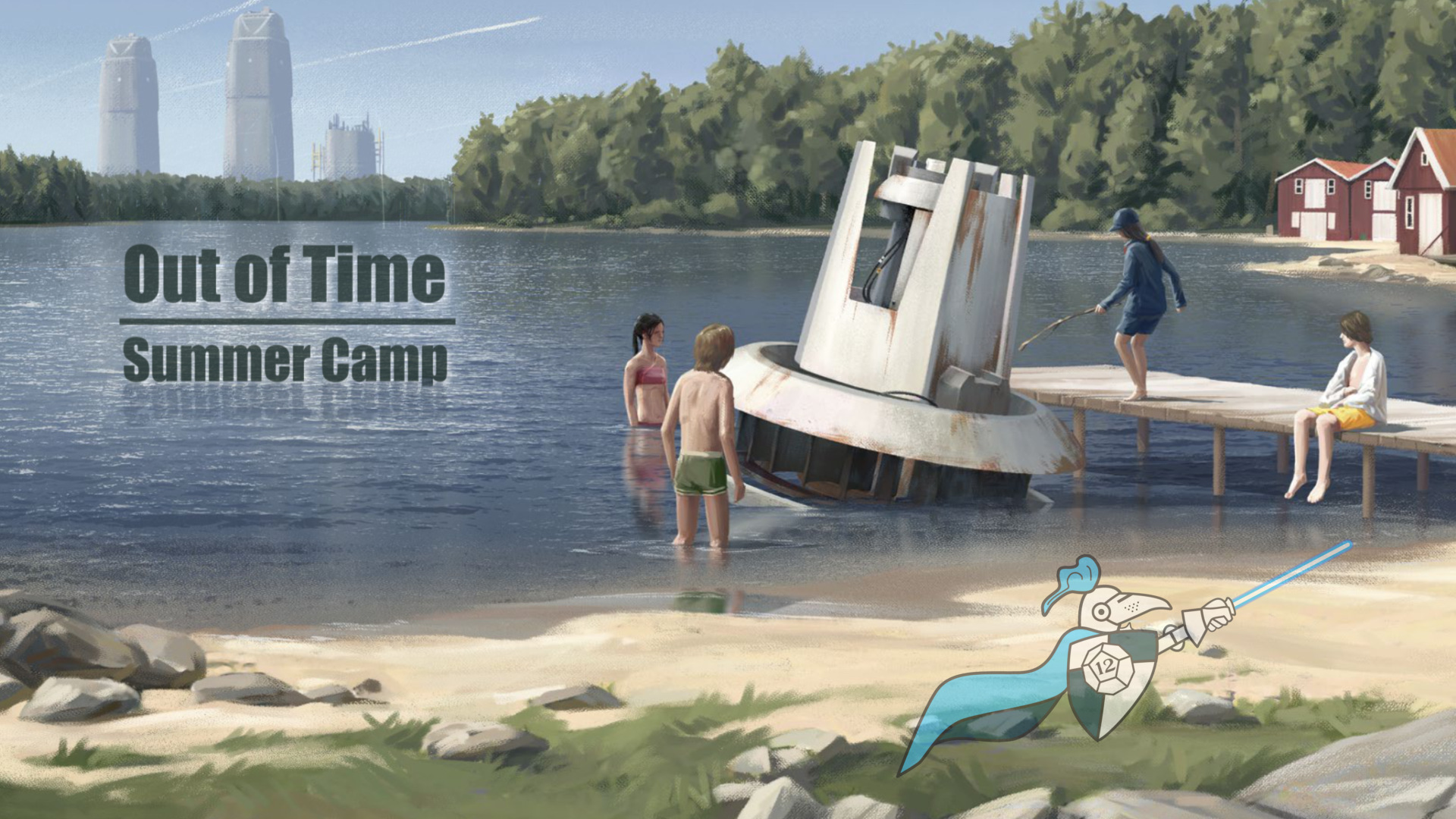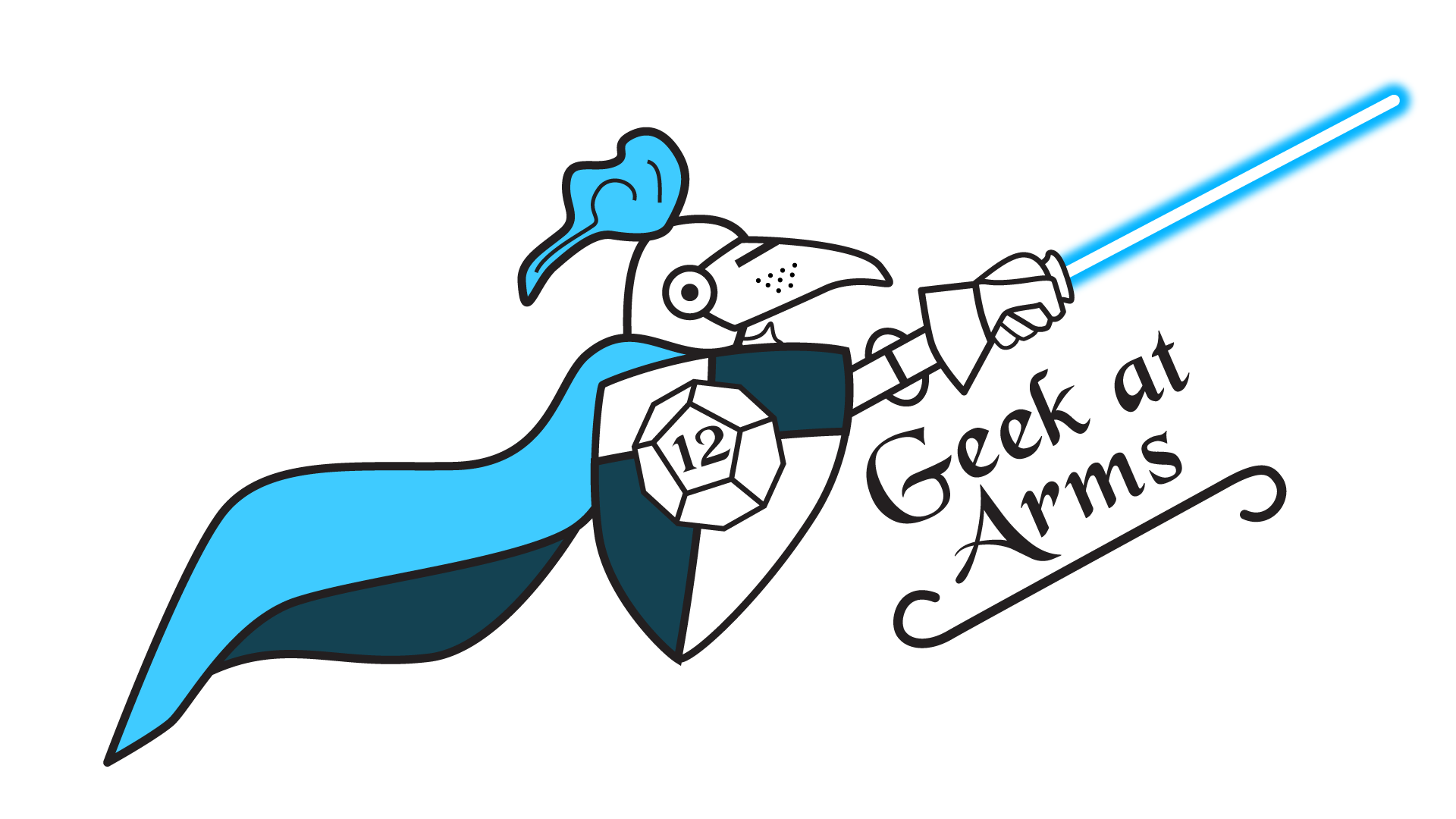roleplaying
Troika: So You’ve Been Thrown Down a Well, part 1

Three hardened criminals: A derivative dwarf, a member of the Peerage of Porters and Basin-Fillers, and a dog in a neckerchief are thrown into a deep well as punishment for their crimes. Featuring John as Sizedomatier the daredevil porter, Bryan as Camulus the daisy-mashing dwarf, Greg as Ood the truffle-loving dog, and Jacob M as … [Read more…]
Roll for Gravity Boots

A trio of unqualified spacers investigate Greer Station, which has mysteriously been covered in a shell of mother-of-pearl. Featuring Jacob M as Custodial Engineer Ambrose Ashford, Greg as Space Plumber Tholev McRaven, and Mike as 2nd Petty Officer of Hydraulics Operations Bartholomew Manticore Jones.
The Storm in the Hourglass, part 1

On the first day of school, an unsual storm knocks out power across the entire city, and mysterious government agents forbid all students and teachers from entering the school building. Music and sound effects by Syrinscape.Because Epic Games Need Epic Sound. Materials used under a Creative Commons Attribution 4.0 license Intro/outro/bumper music: EDH Total Recall Act … [Read more…]
The Wilderness Club, part 1

Jomar, Cody and Berlin spend their last days of summer vacation camping in the desert, where they have a strange and frightening encounter. Music and sound effects by Syrinscape.Because Epic Games Need Epic Sound. Materials used under a Creative Commons Attribution 4.0 license Intro/outro/bumper music: EDH Total Recall Act 1.2: Search and Rescue, Kuato TG&Y ad … [Read more…]
63 – Clergy in Media

Have a Merry Christmas and a Happy New Podcast with an all new Geek at Arms! In this episode Bryan kicks off Geek Out by sharing his preparations for GM’ing new rpg sessions for both the recently released The Electric State and The One Ring. Mike talks about playing Mika and the Witch’s Mountain and how fun it is to … [Read more…]
Summer Camp, part 3

The Kids learn to tie knots, endure pranks, and observe a significant change in Sanjay’s personality. Music and sound effects by Syrinscape.Because Epic Games Need Epic Sound. Materials used under a Creative Commons Attribution 4.0 license Intro/outro/bumper music: EDH Total Recall Act 1.2: Search and Rescue, Kuato
Summer Camp, part 2

Trapped in the 1960s, the Kids continue to struggle with their new identities, and Sanjay shares a rumor that a homeless man has been seen lurking around the camp. Music and sound effects by Syrinscape.Because Epic Games Need Epic Sound. Materials used under a Creative Commons Attribution 4.0 license Intro/outro/bumper music: EDH Total Recall Act 1.2: … [Read more…]

